Papua New Guinea Revisited - Halo Gen PNG - August 2017
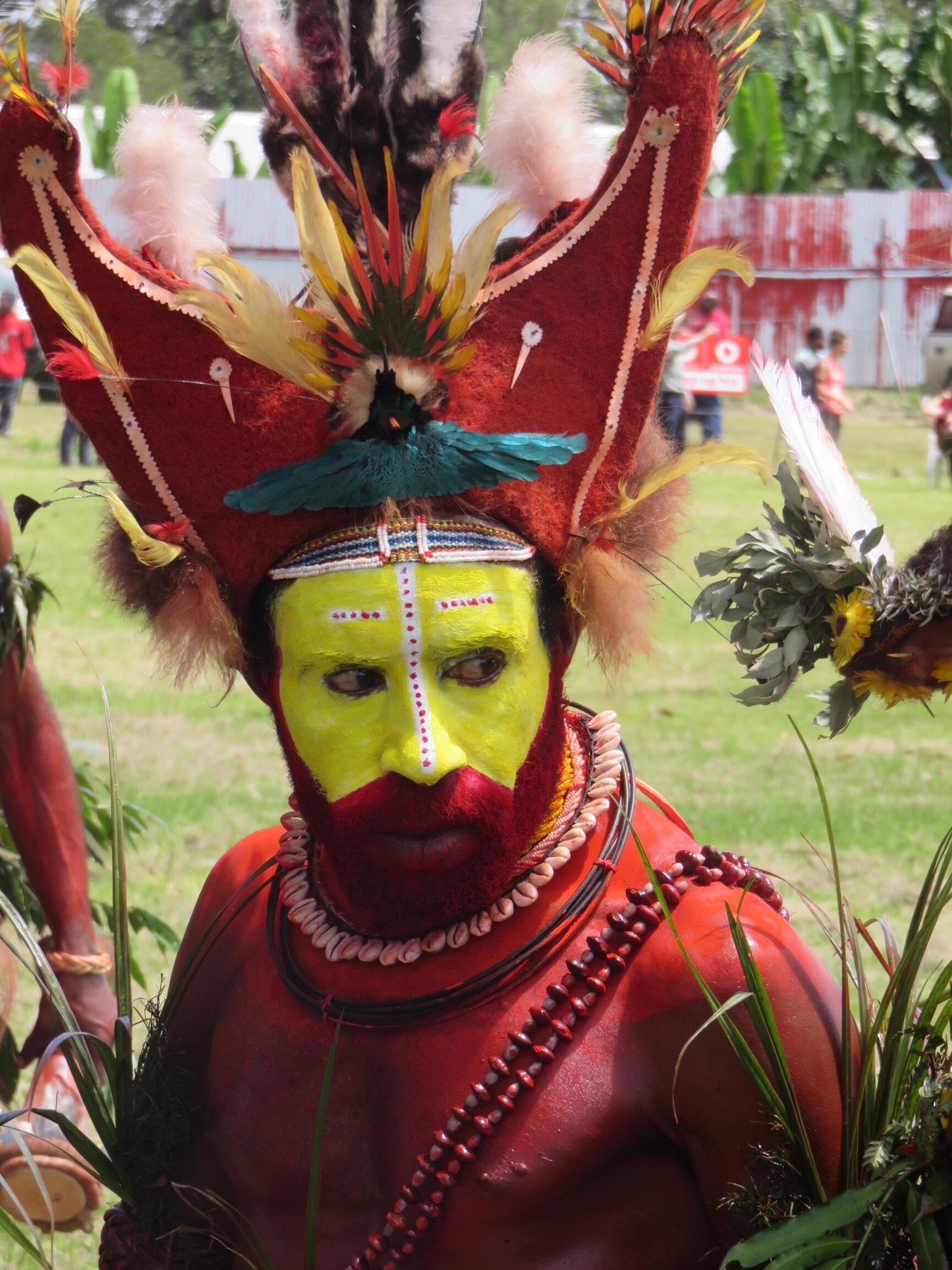
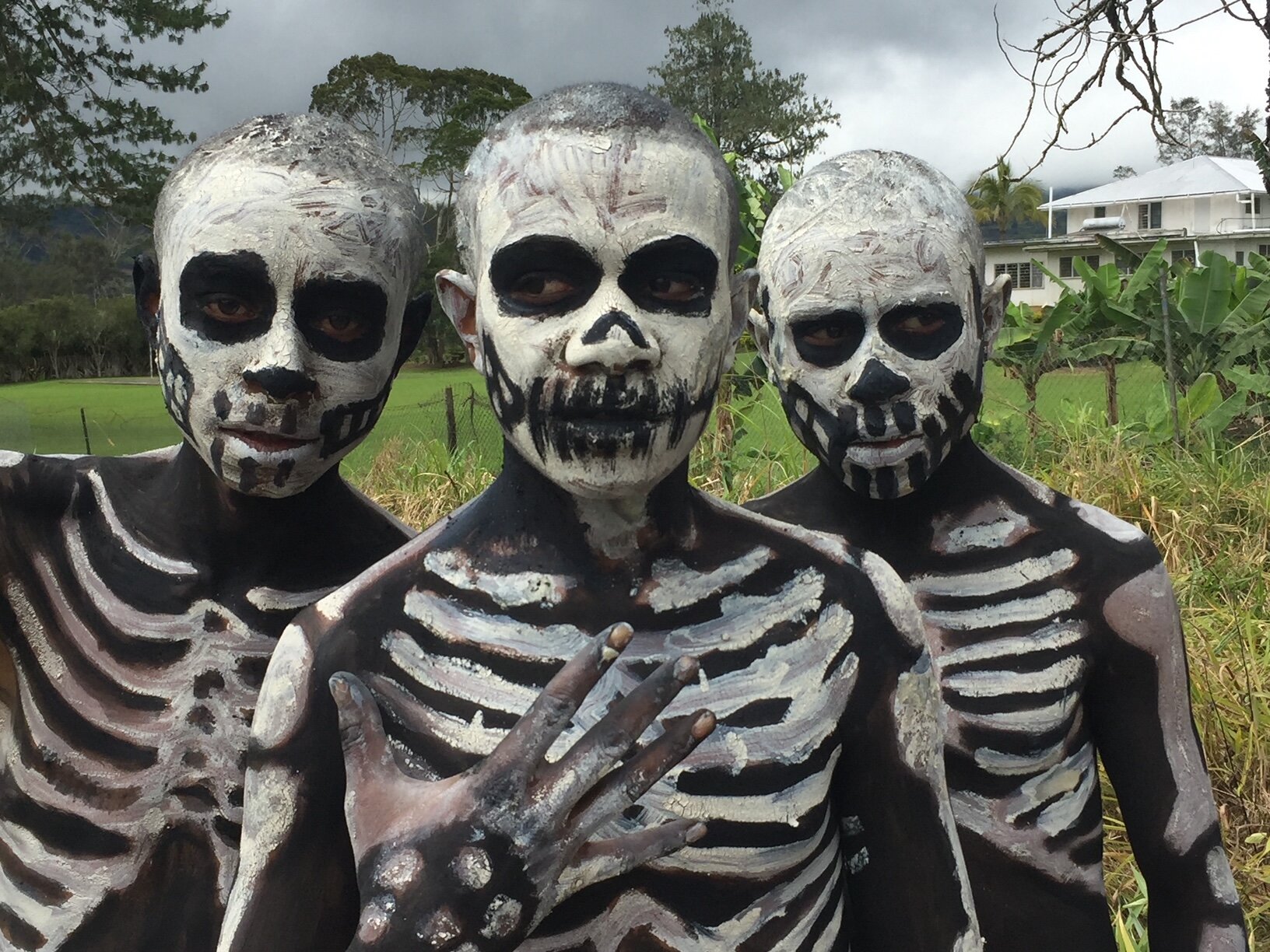
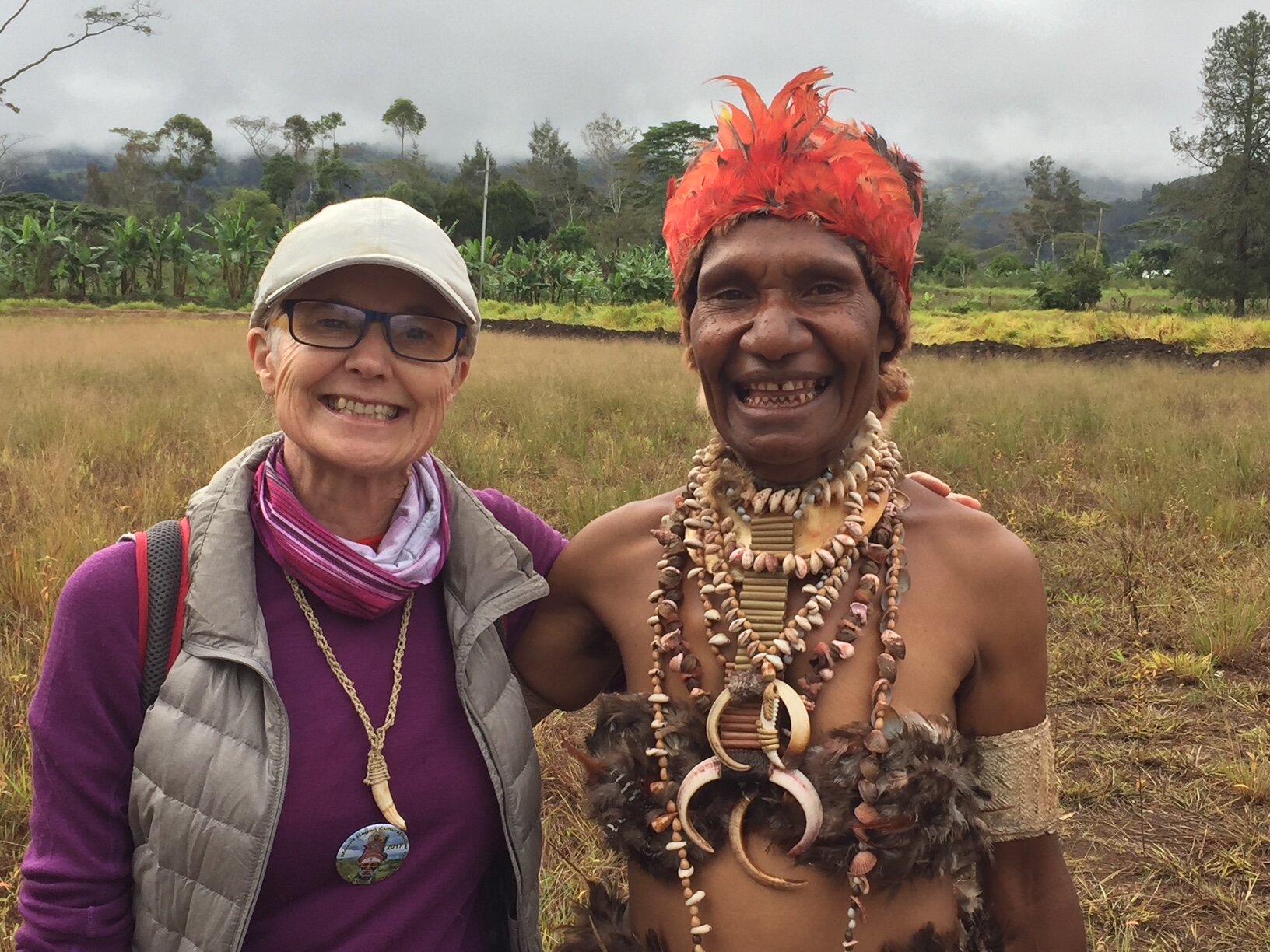
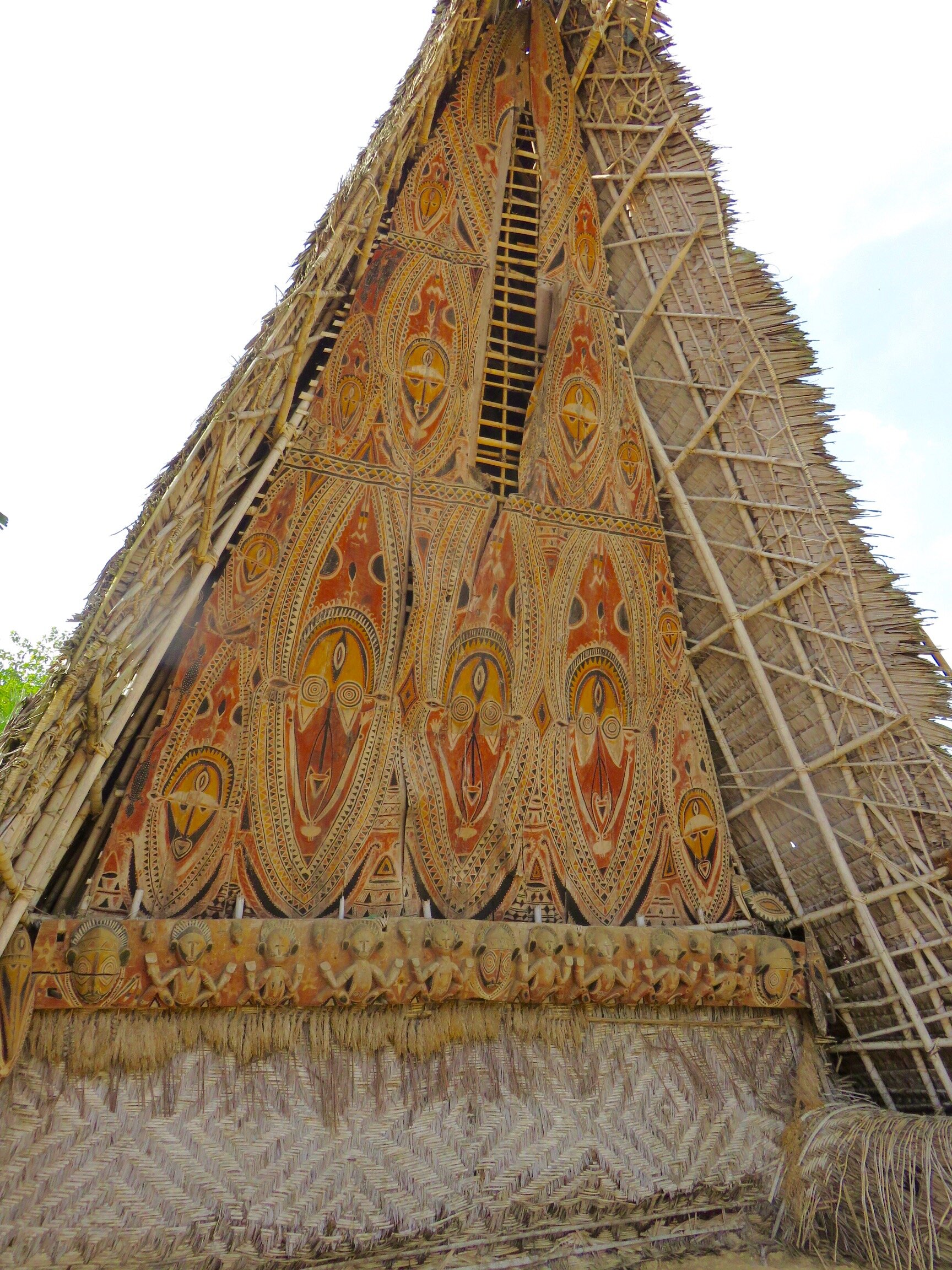
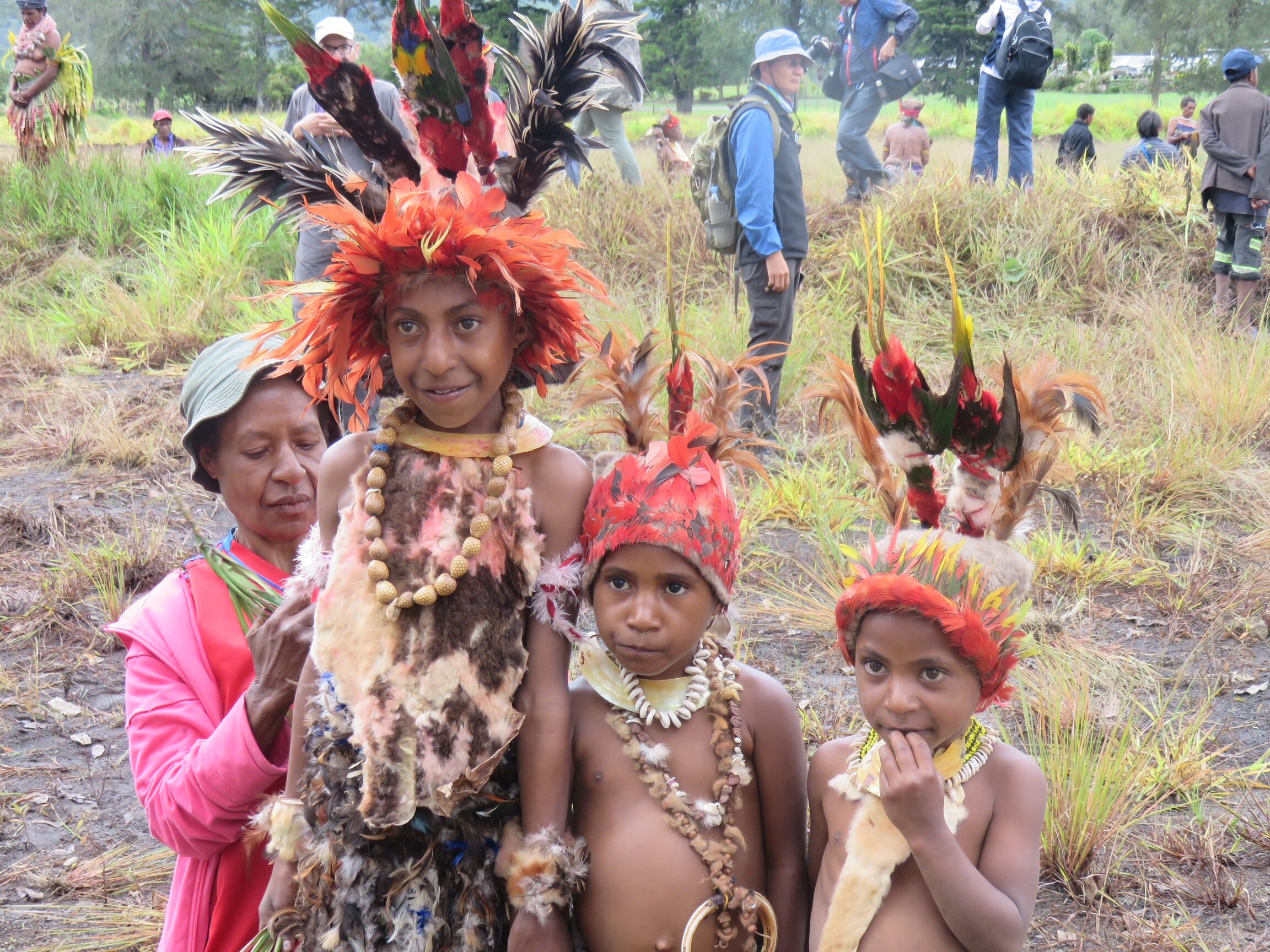
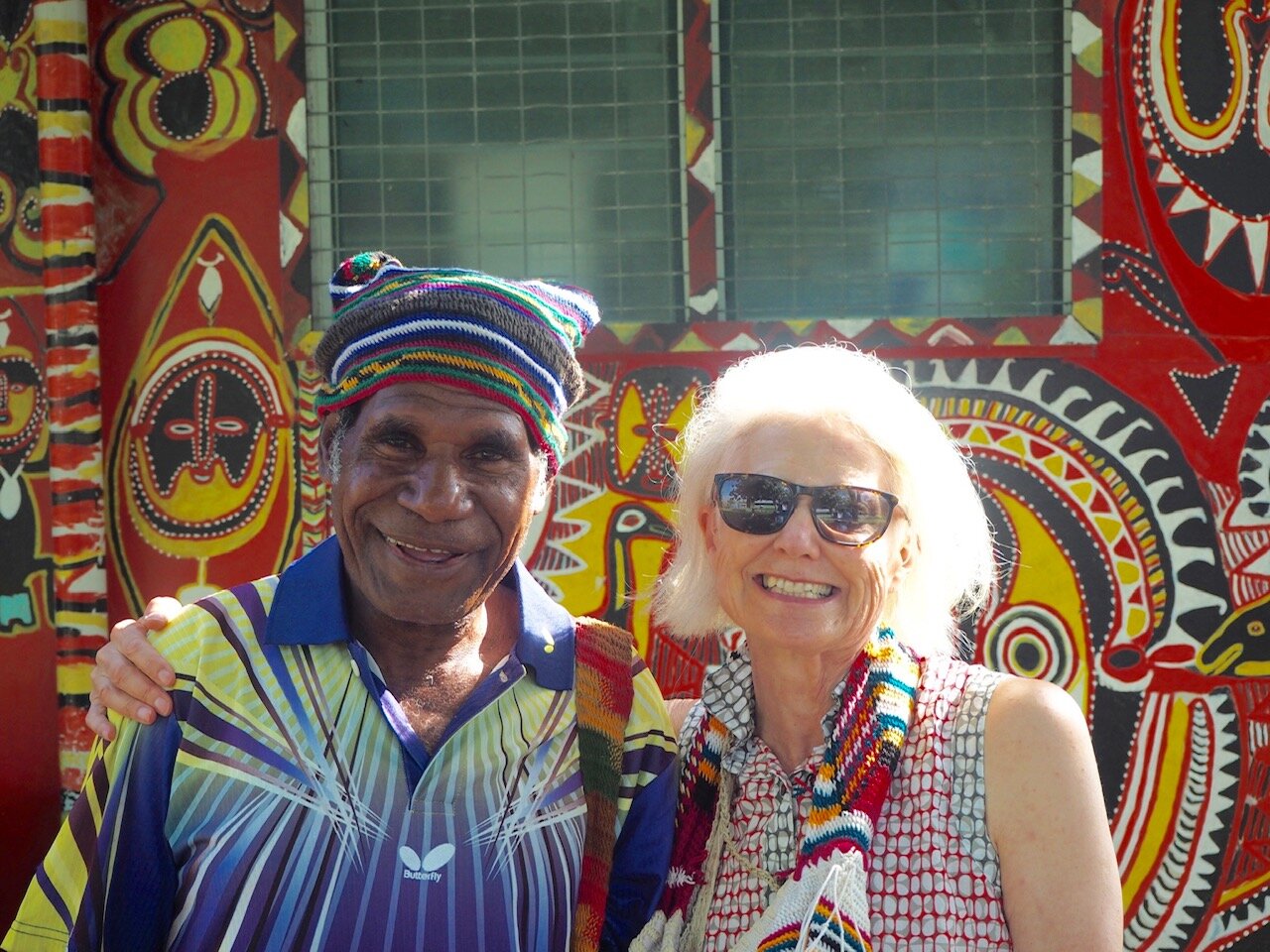
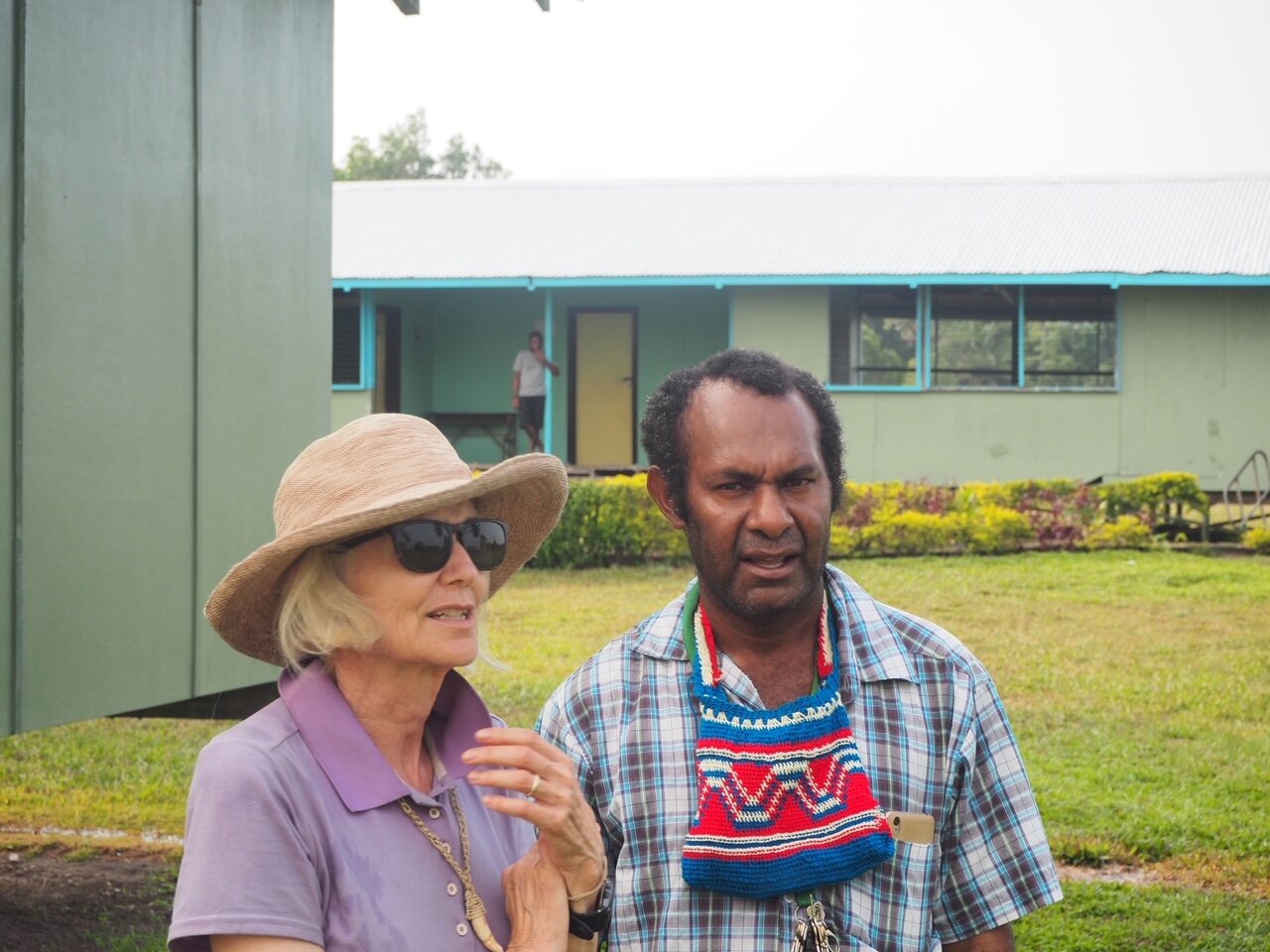
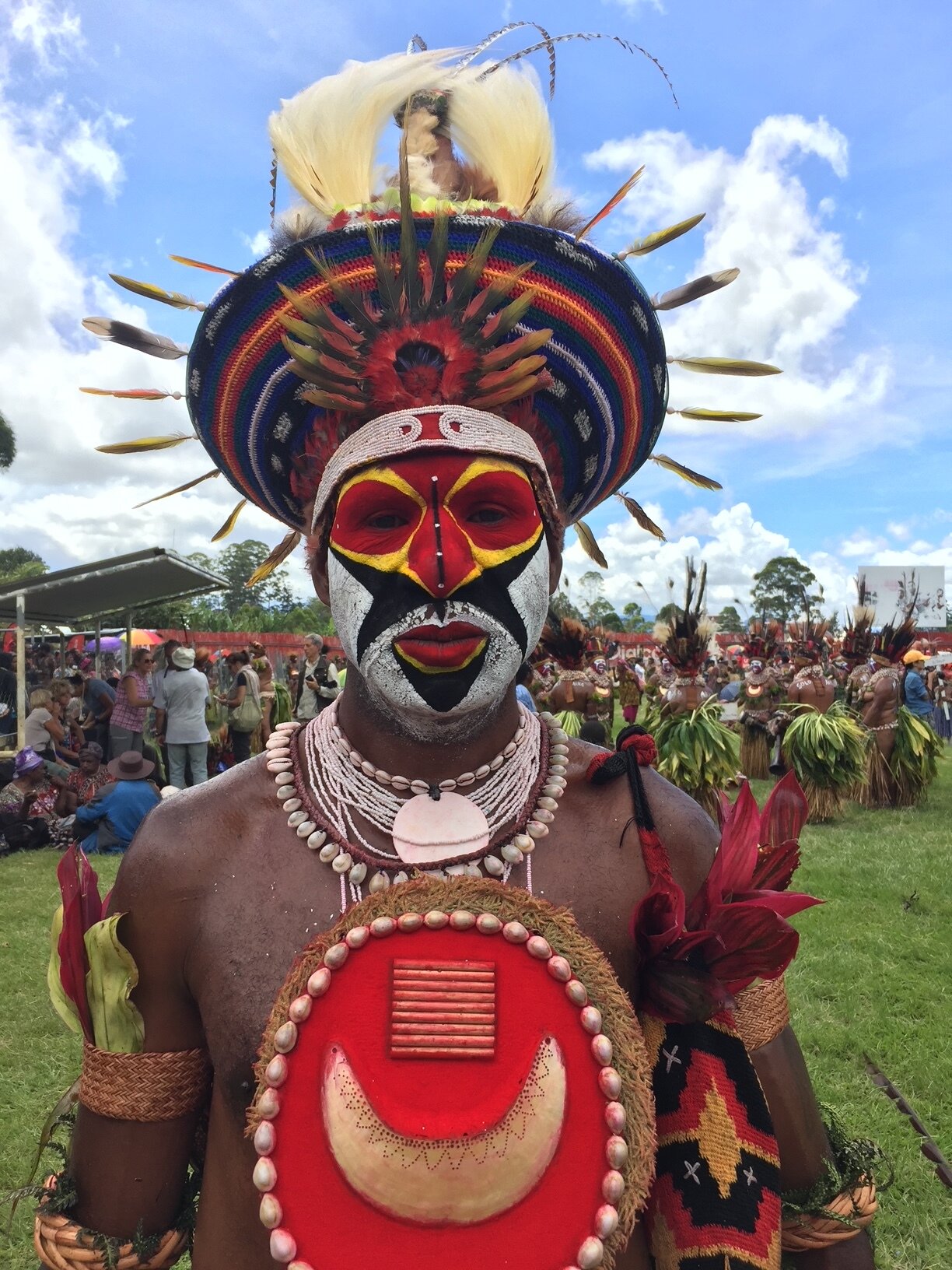
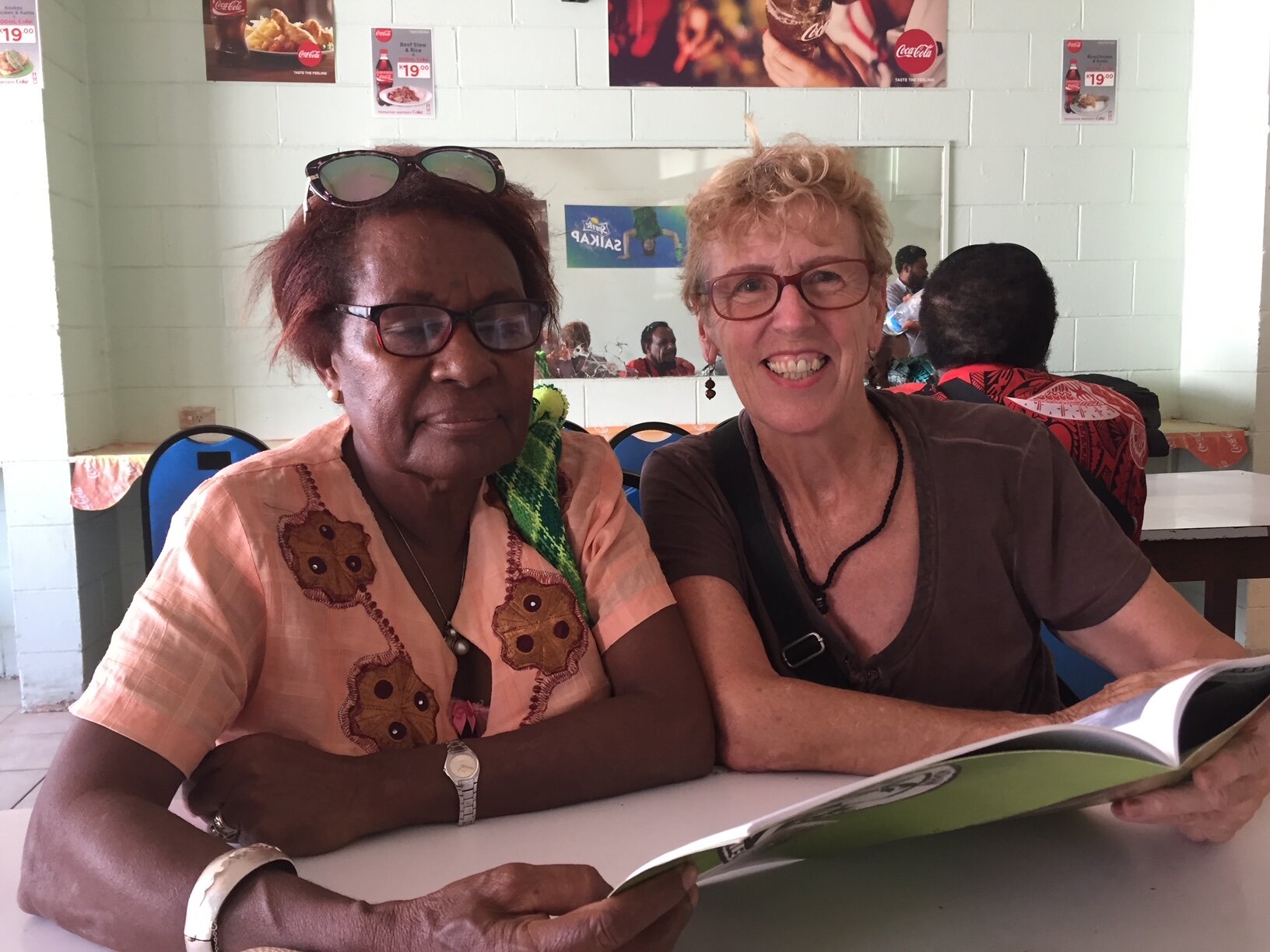
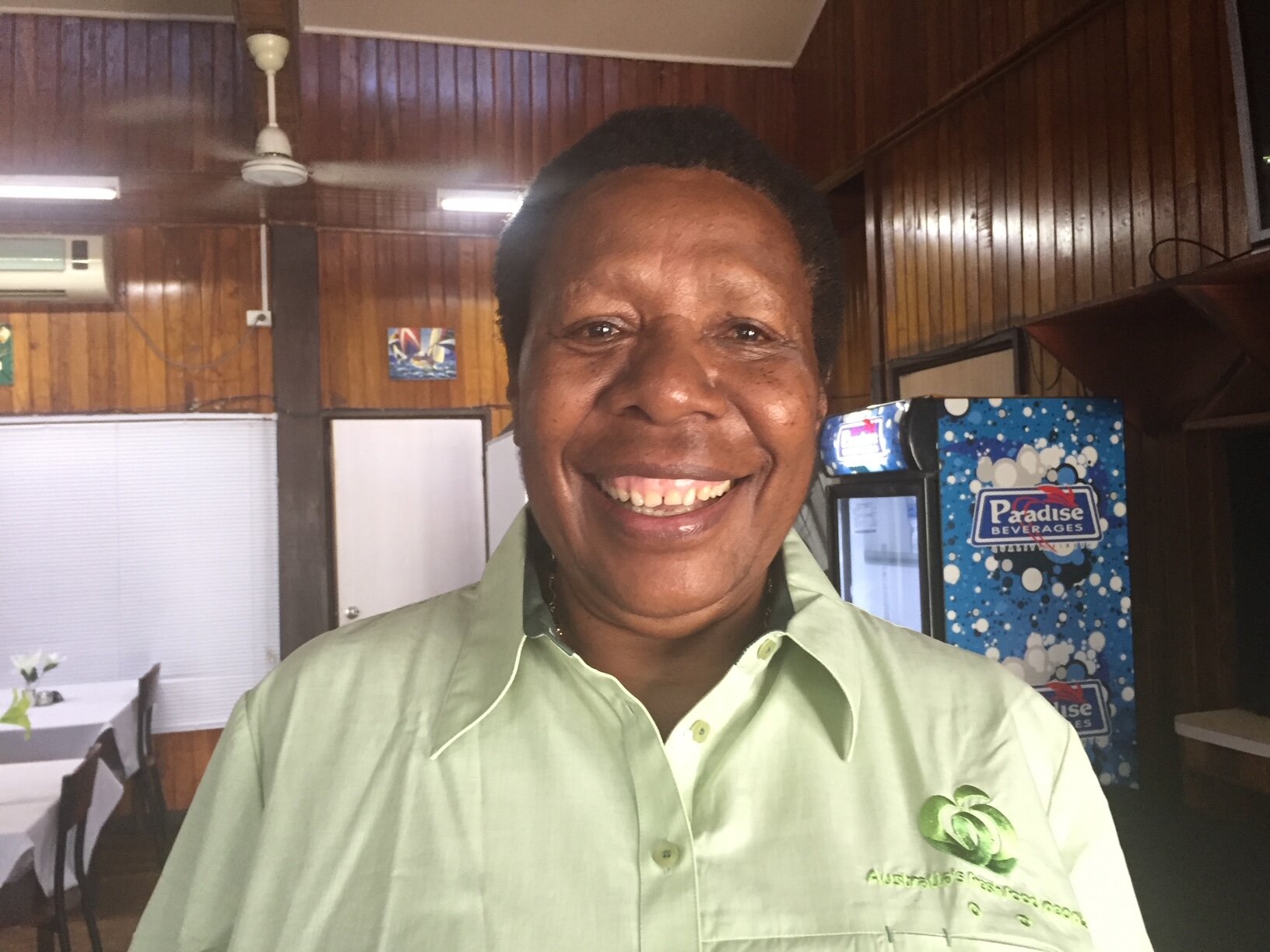





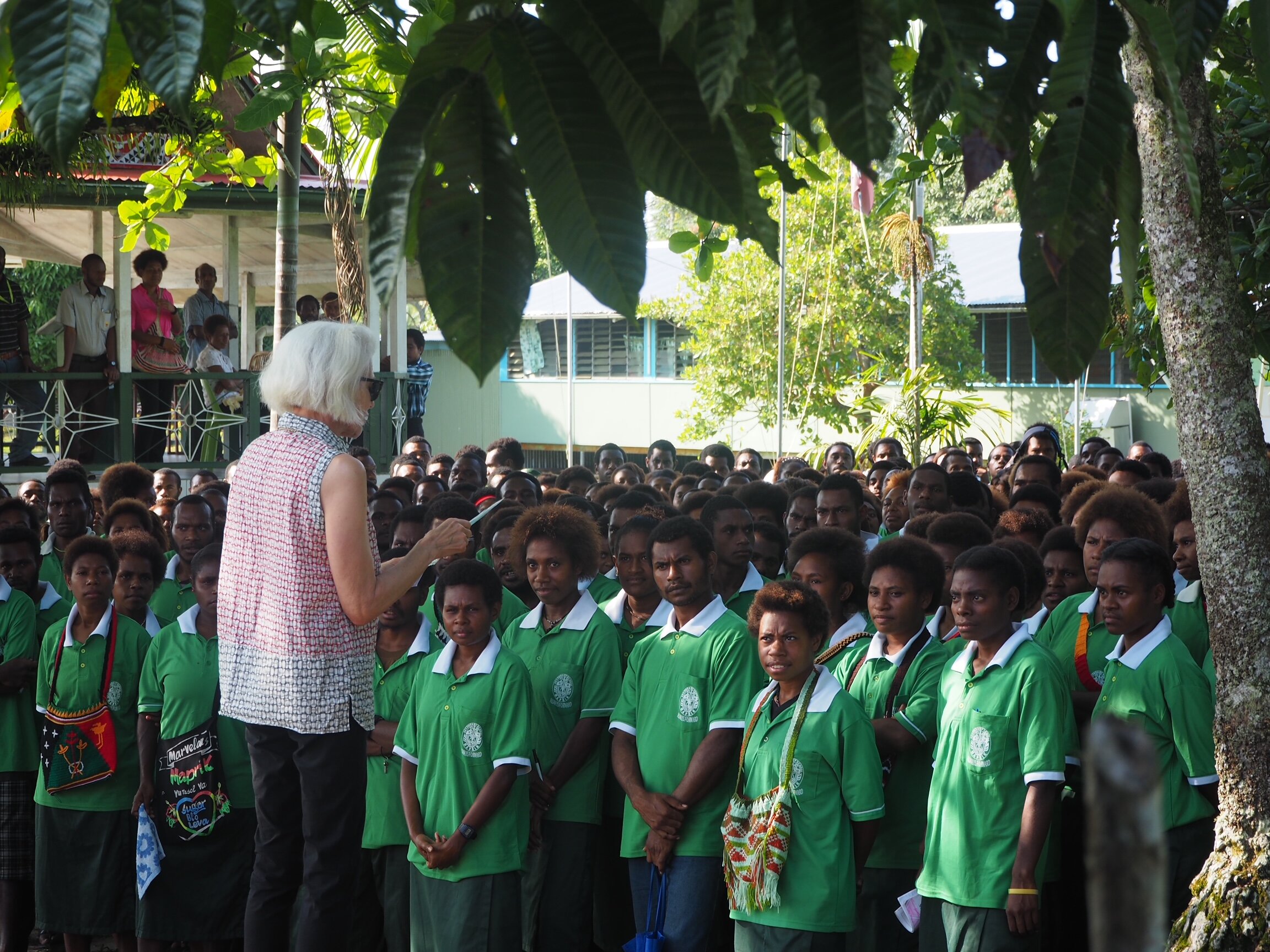

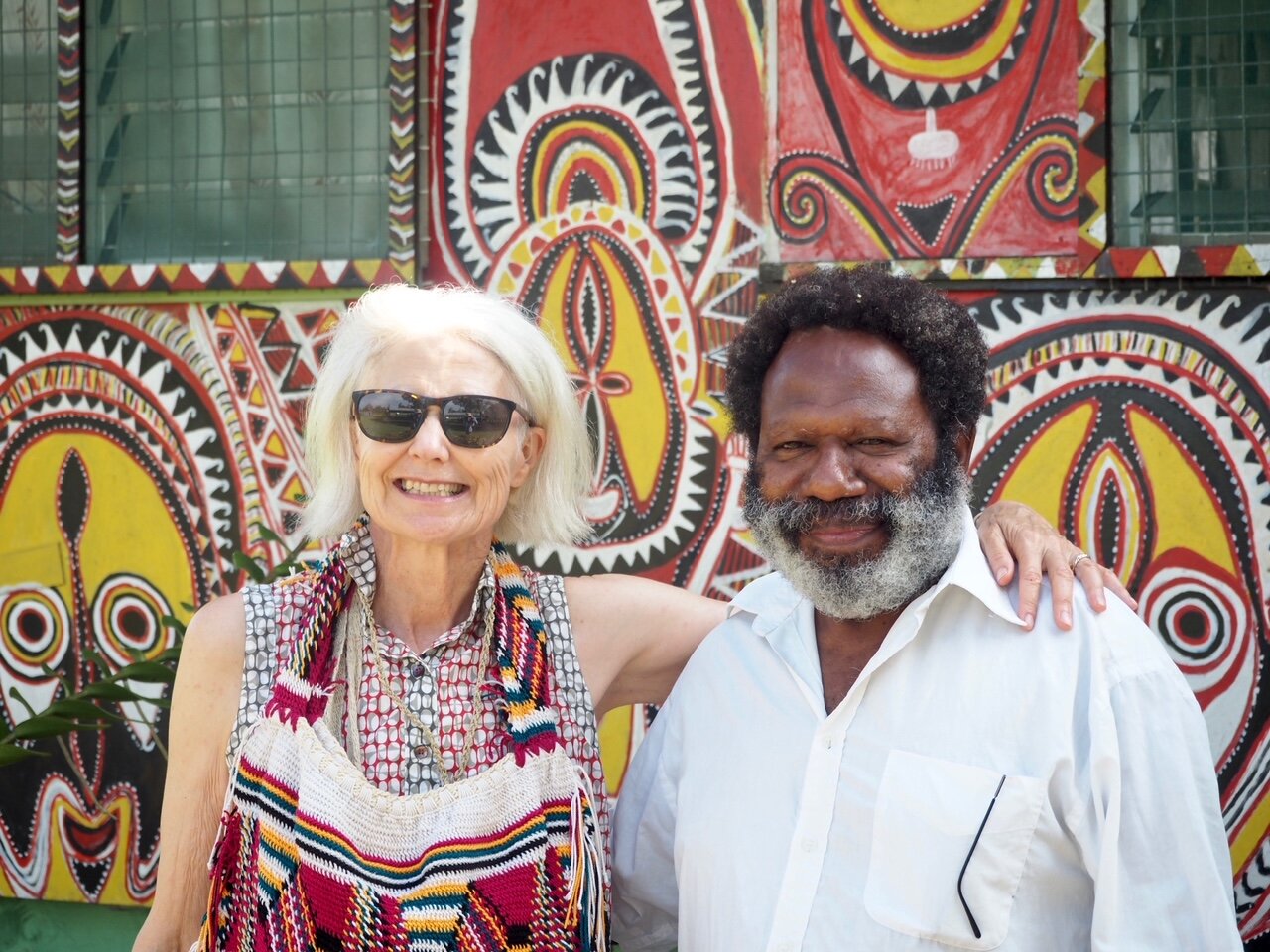

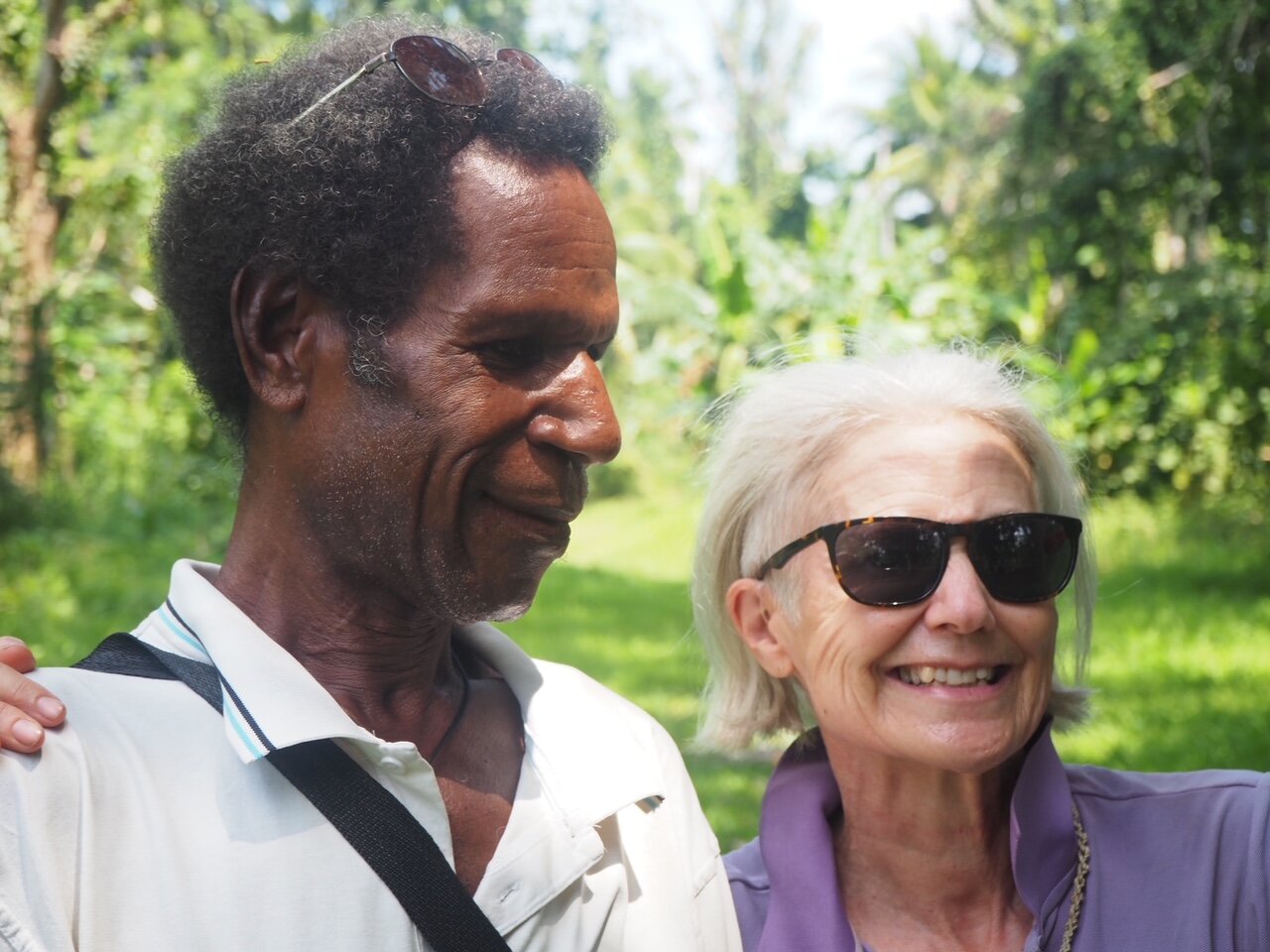


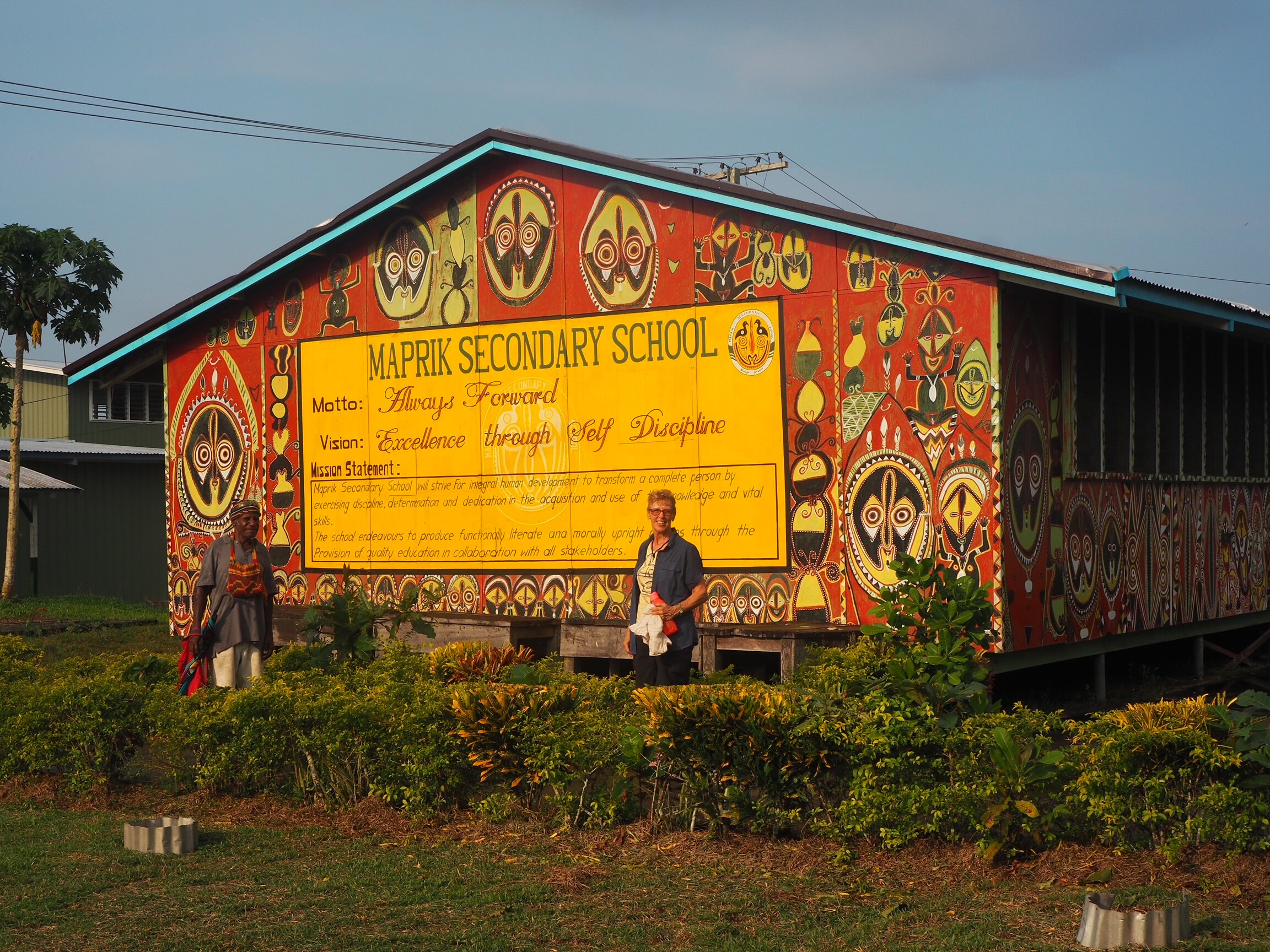



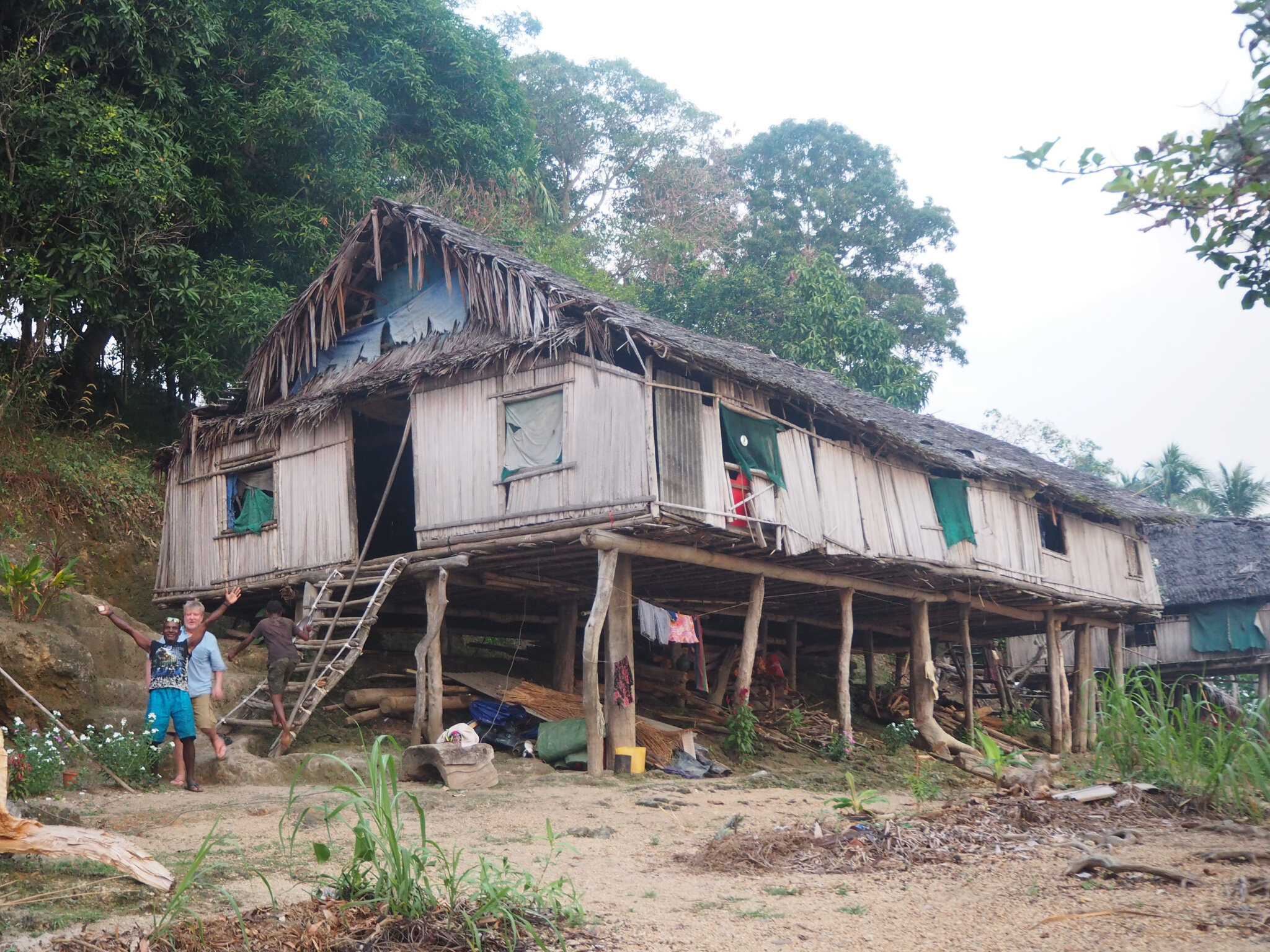
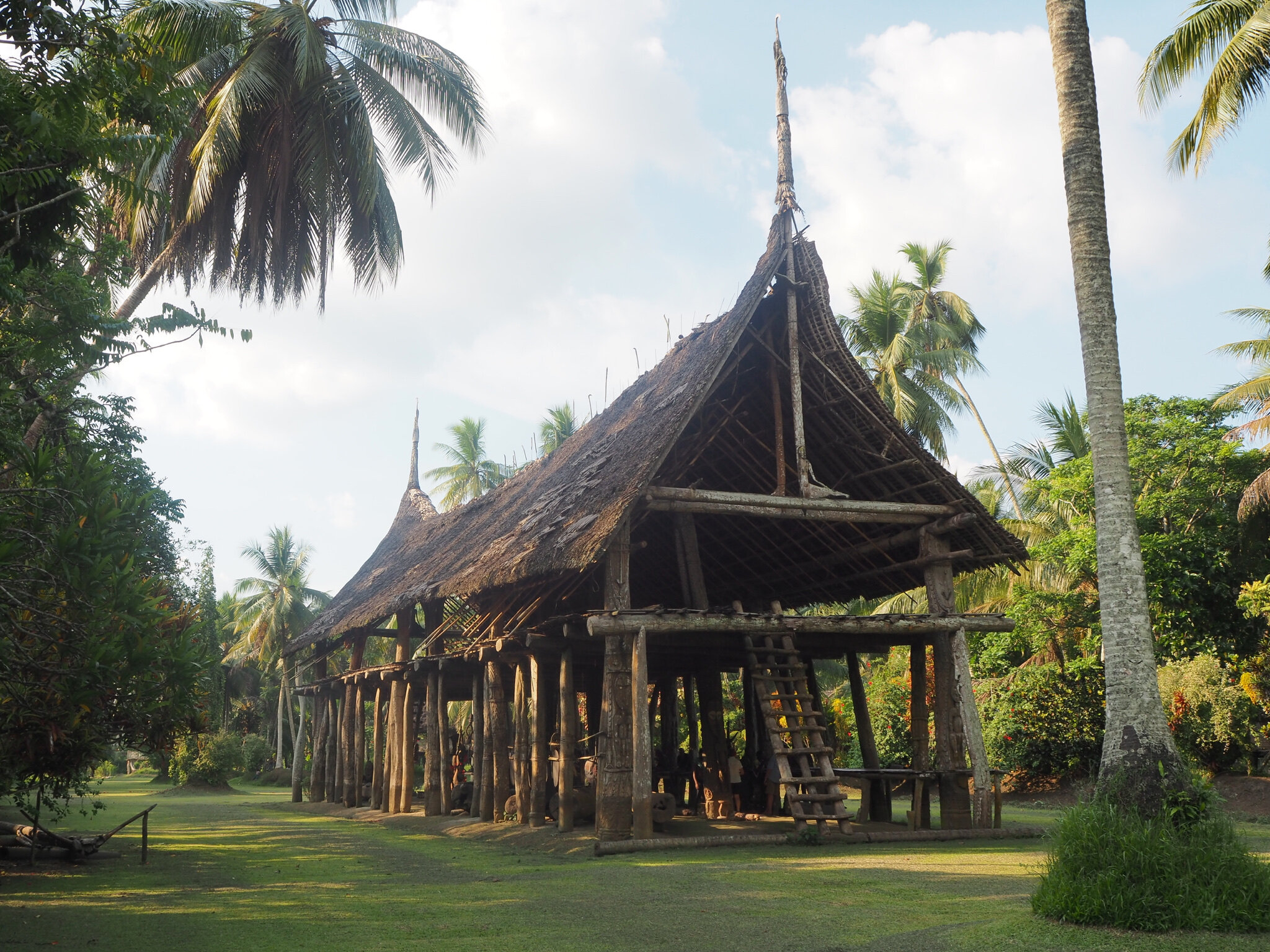

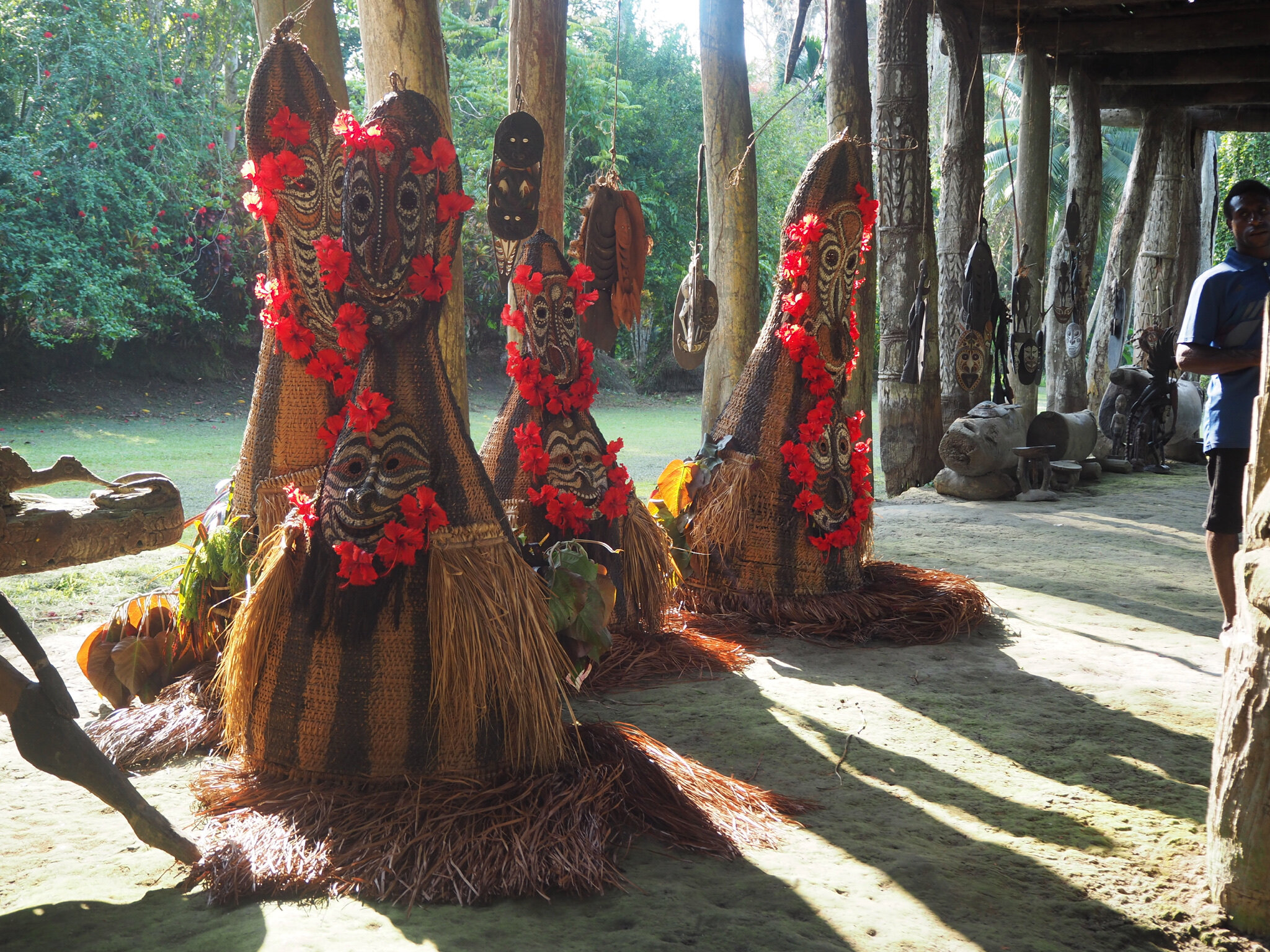

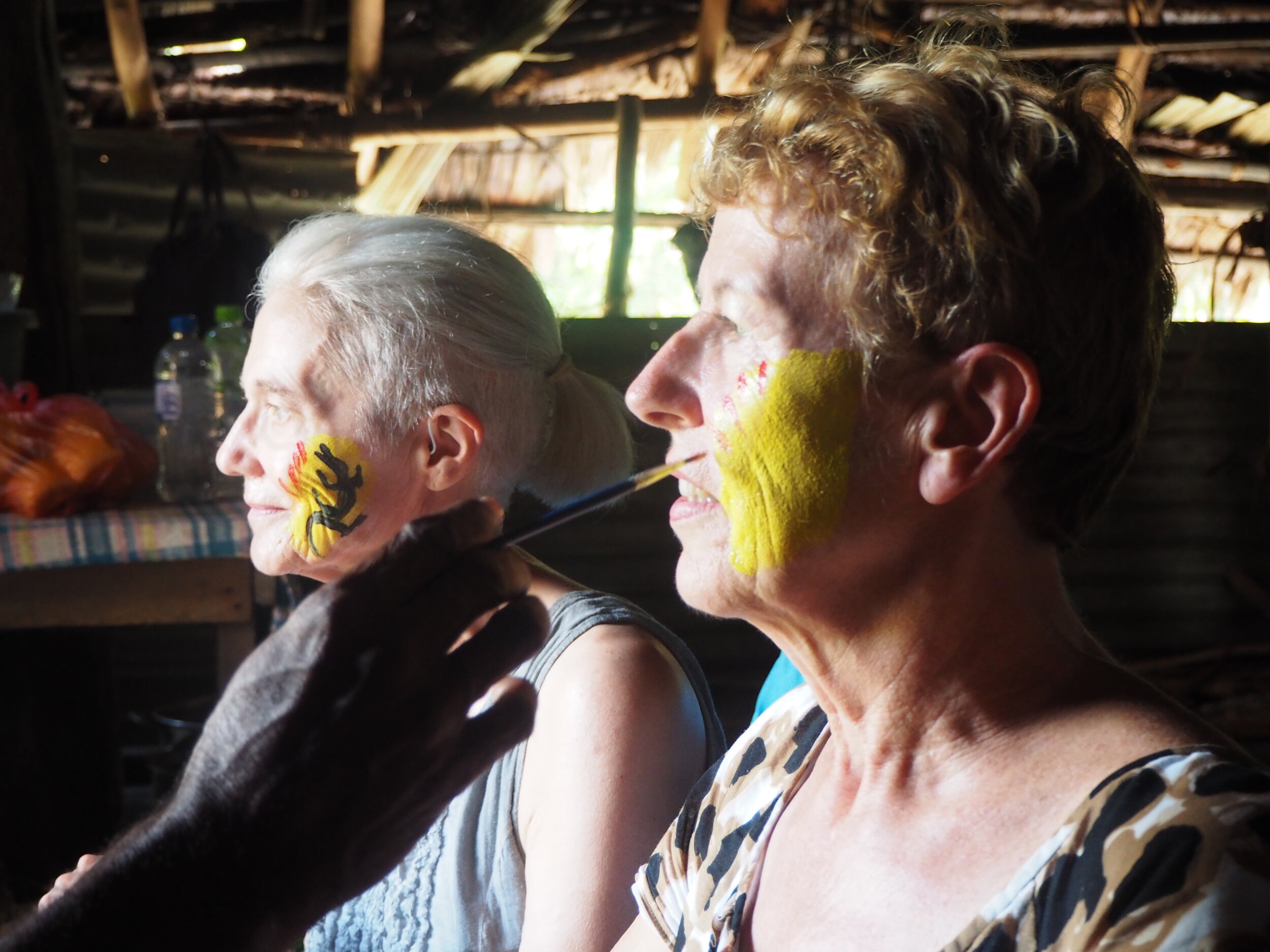

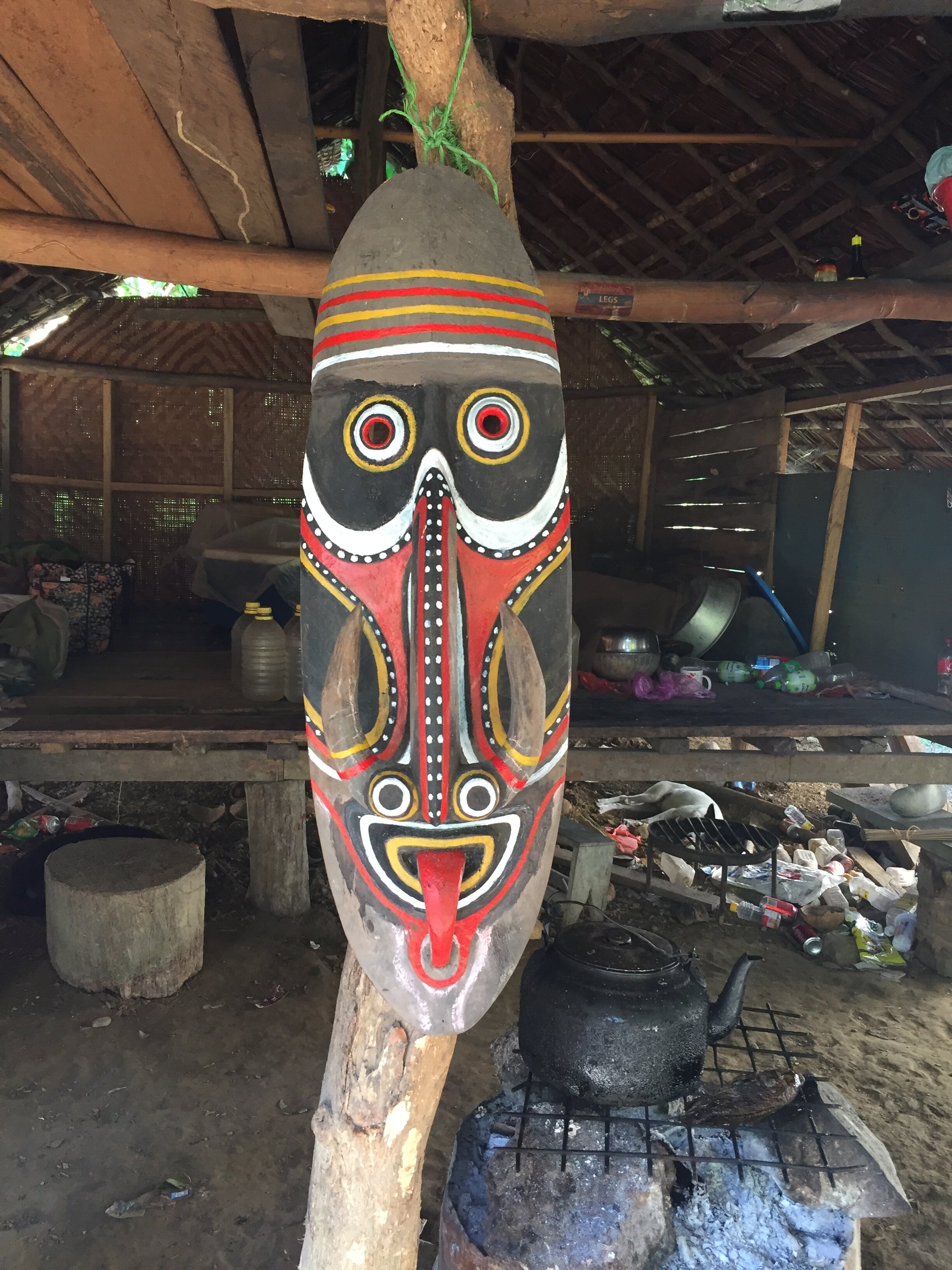


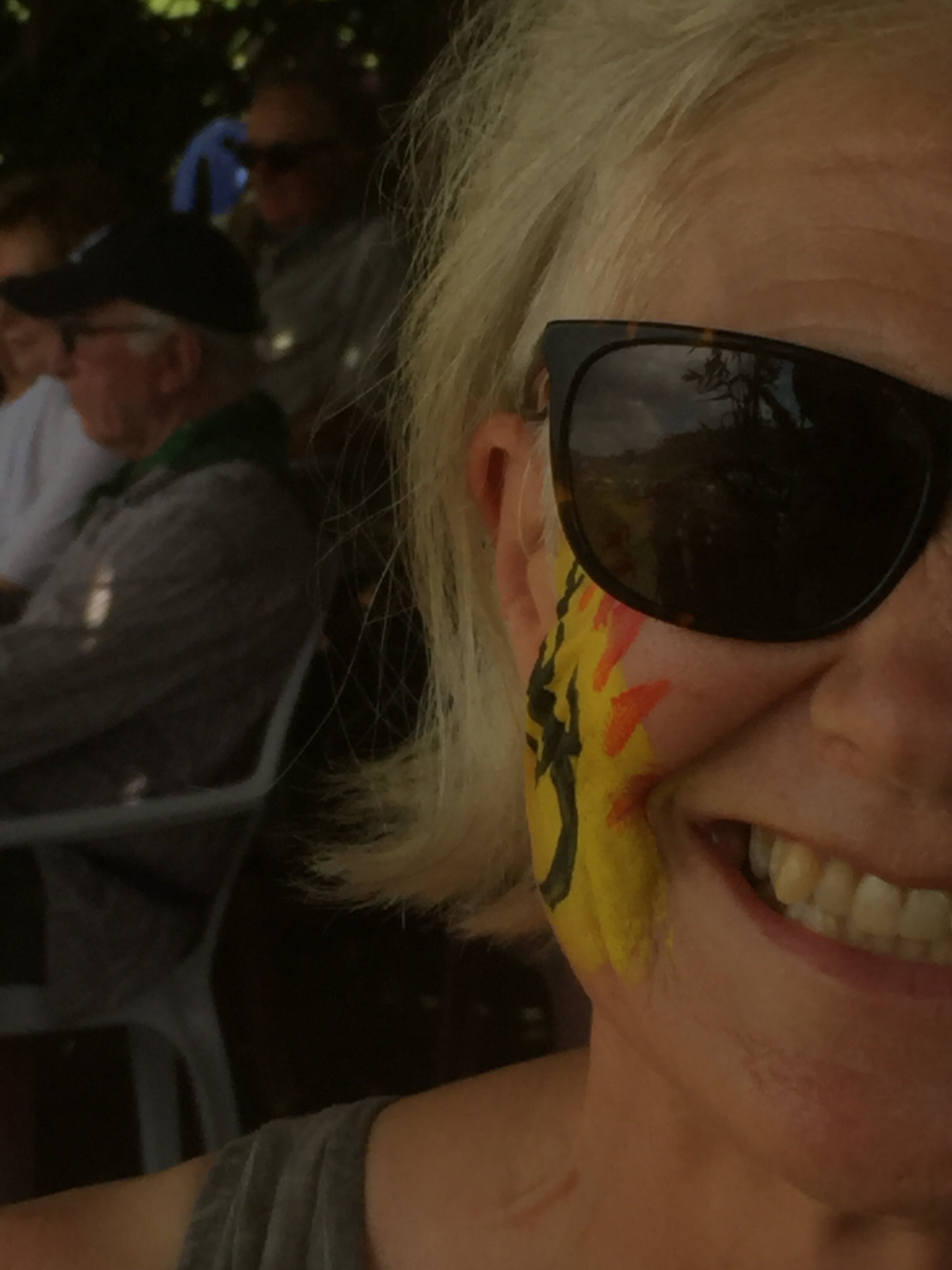
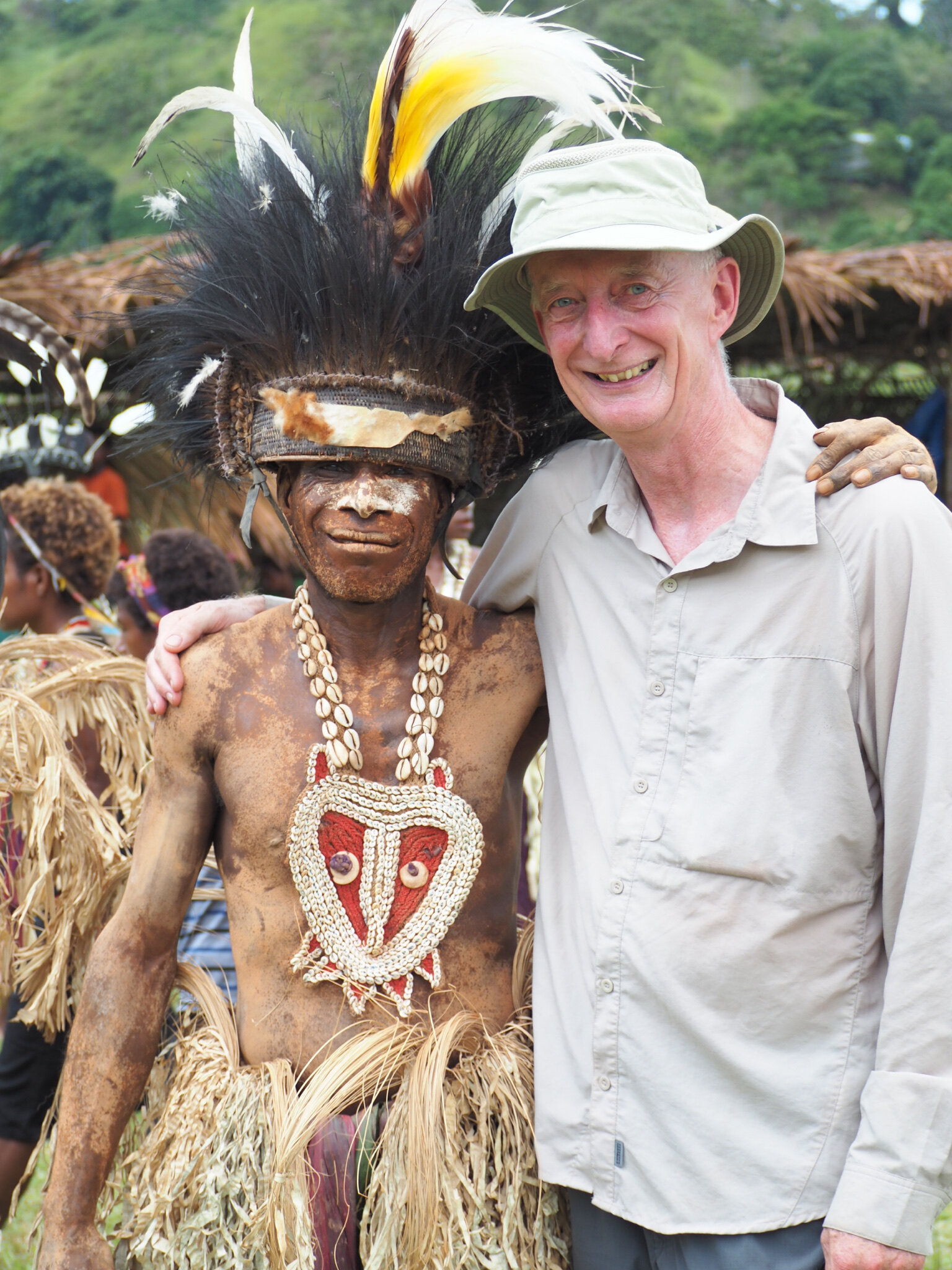

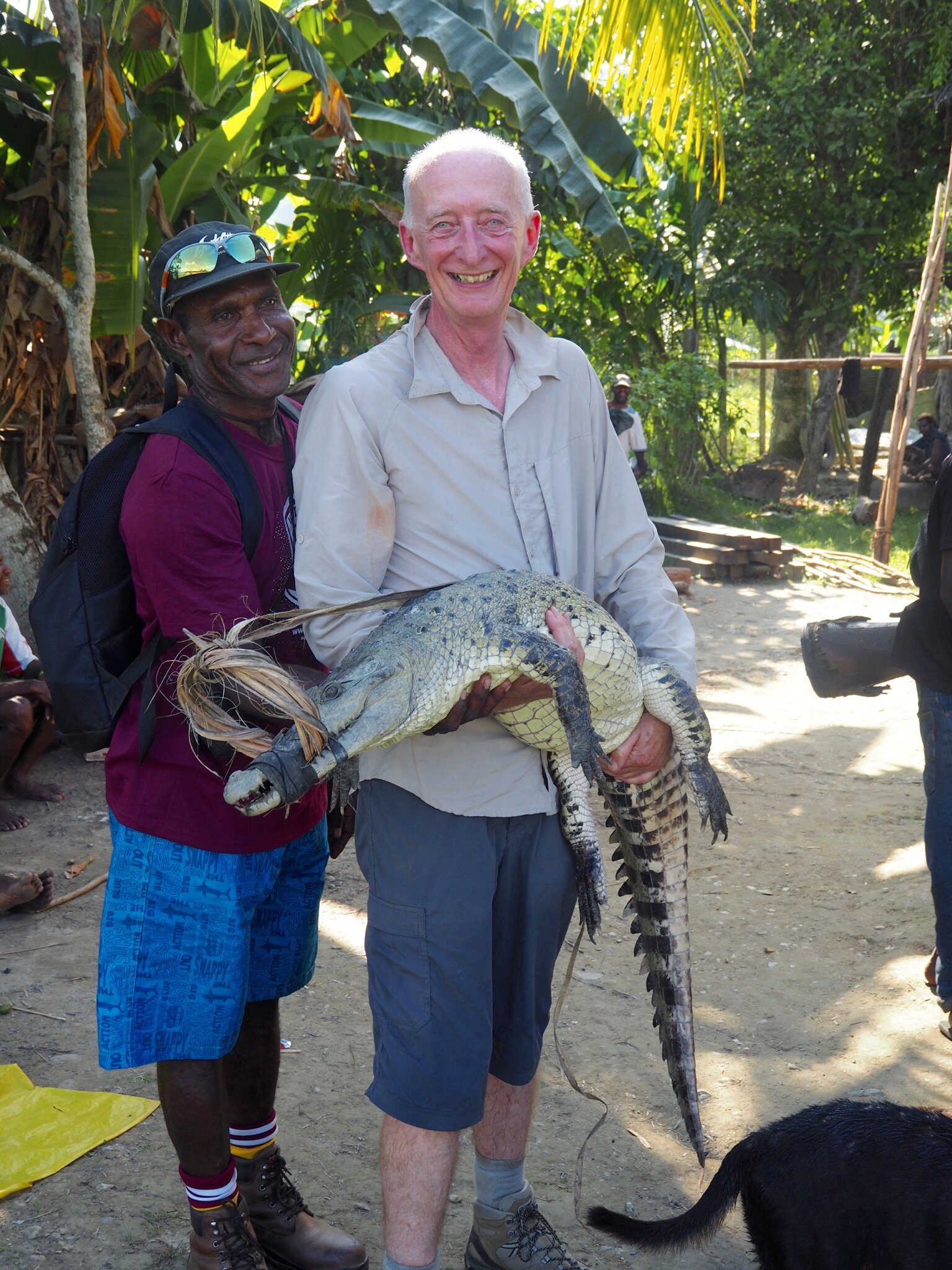

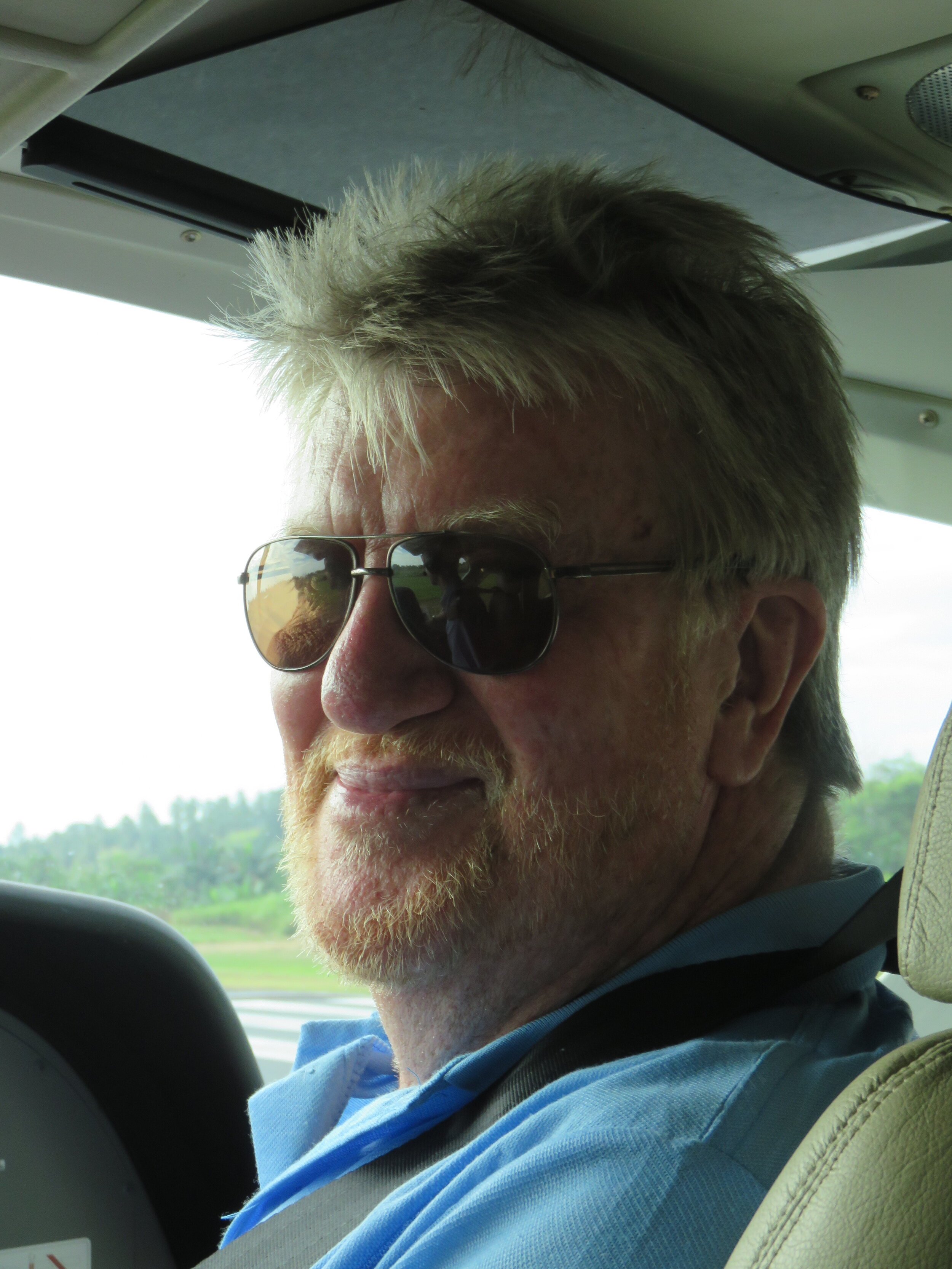

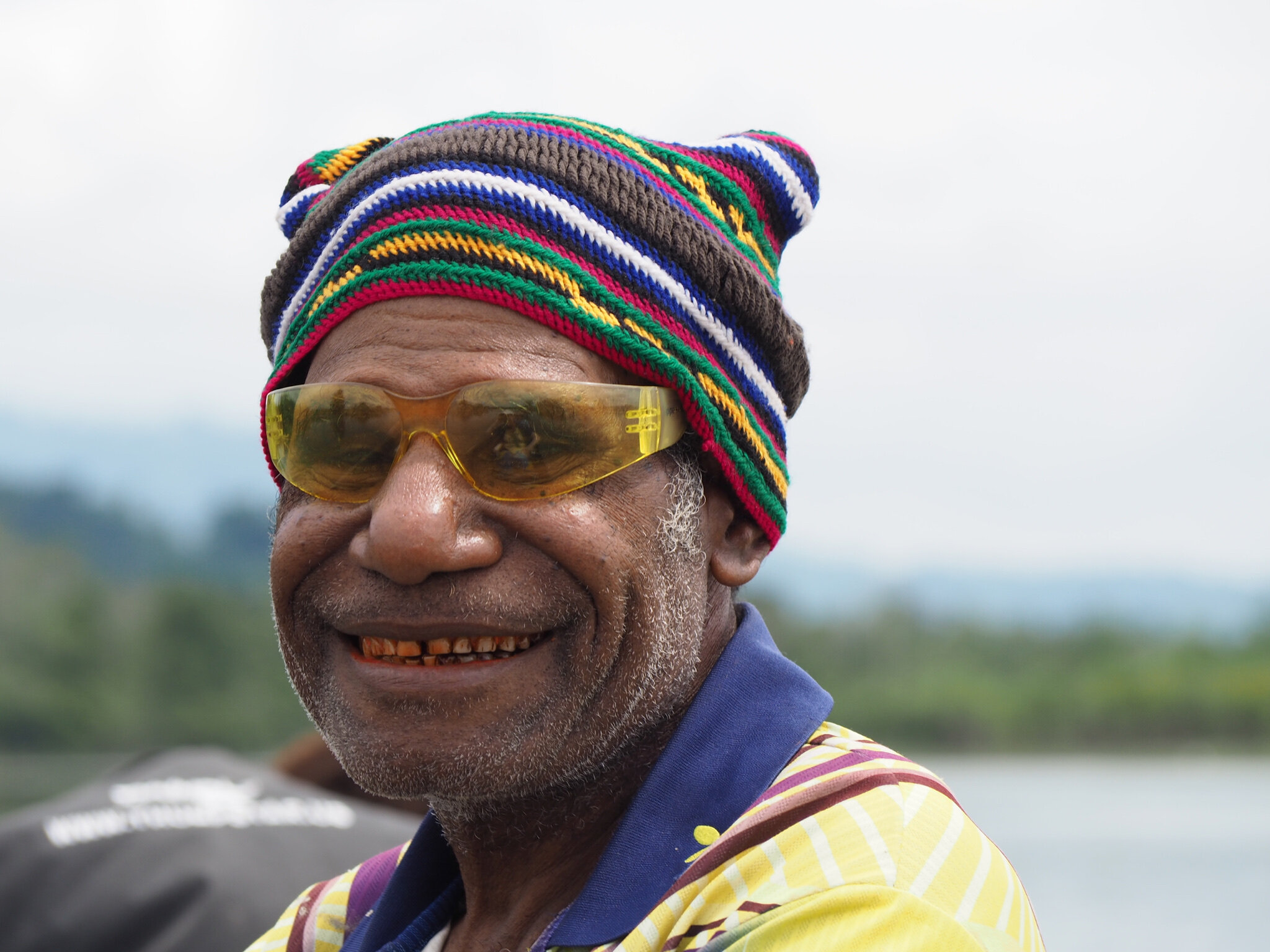

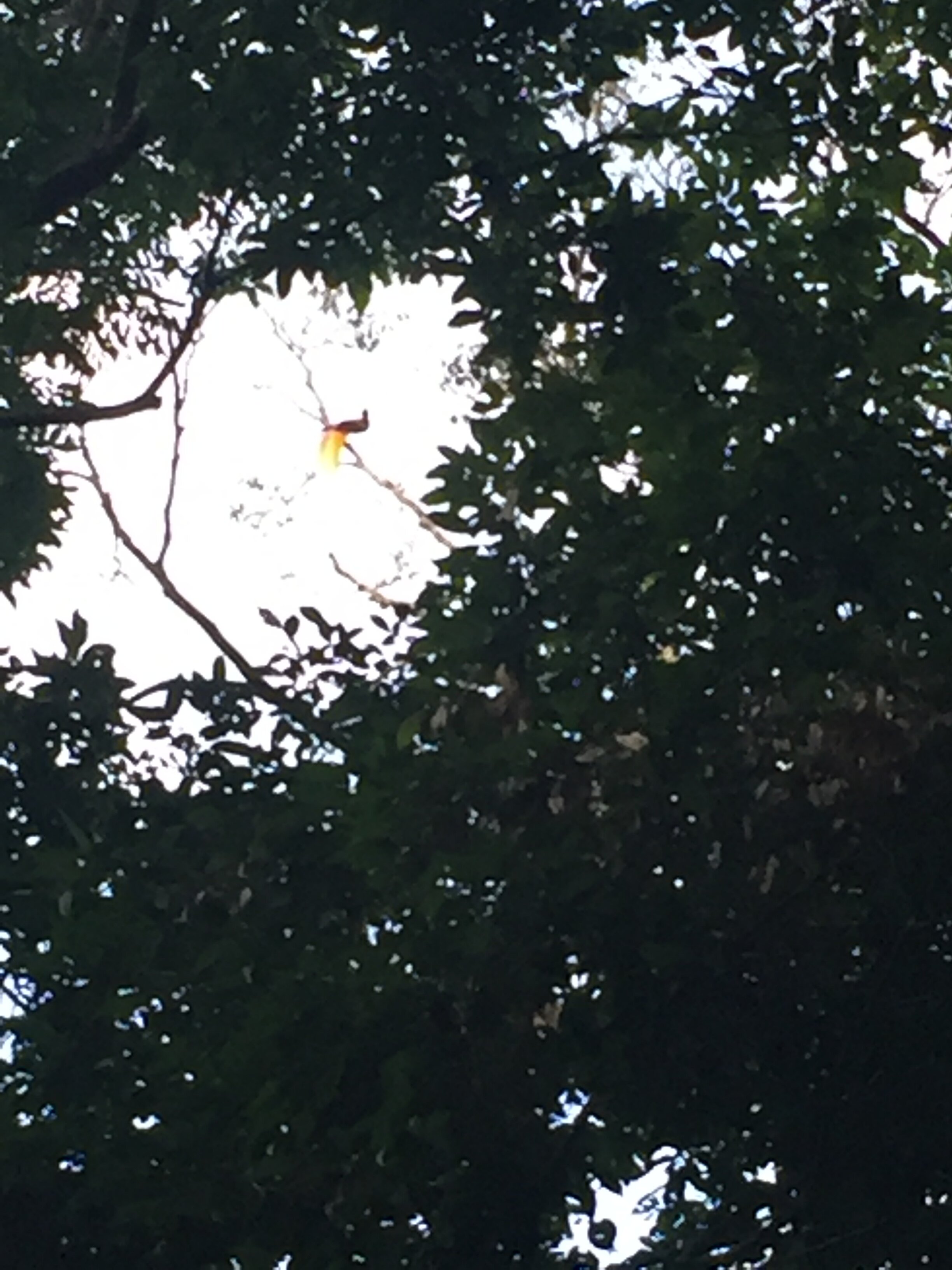

Hearing pidgin again after 40 years was gutpela algeta [very good] or namba wan. It brought back long forgotten memories of Papua New Guineans’ warmth and resilience. My pidgin was liklik tasol (a little only) but I soon recalled words such as apinun, [good afternoon], longlong [crazy] and kai kai [food]. After spending over three weeks revisiting PNG, my old stamping ground from 1974-5, I came home feeling blessed and satisfied after an incredibly fascinating, albeit sometimes challenging, trip. Highlights included staying in Sepik villages, visiting my old school and meeting former students, as well as beautiful Goroka and the sensual and visual feast of the Mt Hagen Show. Two years as a volunteer teacher in “taim bilong Independence” (in 1974-5), immediately post University, was an intensely formative and meaningful experience. At Uni, I was desperate to have a “real job” yet nothing could have prepared me for the exotic reality that pierced all my senses and more. Be careful what you wish for! The experience opened my eyes to how different people lived as well as an awareness and deep appreciation of other cultures and religions, for which I am forever grateful.
My school, Maprik High, was a small secondary one in the East Sepik Province - about 80 km inland from the northern coastal town of Wewak and 80 km north of Pagwi, the gateway to the Middle Sepik River. Initially, I was very envious of all the volunteers living in Wewak with their easy access to the sea, islands and group activities. At Maprik, I was the only single woman in the area and socialising was limited. However, after about 6 months, I recall switching gears, and slowly began to appreciate the local Wosera culture with its sacred and powerful haus tambarans [spirit houses] and ceremonies.
I have often wondered why I hadn’t returned until now. Fear of the dangers we read about? Roughing it? Family commitments? I am not sure. Maybe my recent book about death led me to subconsciously consider what was really important to me. In 2016, the timing felt right. In my mid-60s and in good health, I decided to revisit, reminisce and reconnoitre. Liz, a good friend and fellow teacher friend from PNG days, was also interested in returning so we asked Chris, another good friend and highly regarded tribal art dealer, to accompany us. So we were four along with Steve, my husband, who had heard numerous tales about PNG and was keen for adventure!
Our thinking was to return with an open mind. What had changed? What had not? We had read about the dangers of towns, the awful roads, the corruption and the trials of surviving between two worlds. We wanted to meet as many people as possible and see first hand what life was like there now. Our itinerary took us to Wewak, the Sepik River and the Ambunti Crocodile Festival, Maprik, Madang, Goroka and Mt Hagen in the Highlands and Port Moresby. Chris’ counsel of “whatever will happen, will happen; it’s PNG” was wise, sound and often true!
Our first internal flight from Port Moresby to Wewak was cancelled. Aha, a great start! After an early morning flight, we arrived in Wewak and Liz led us enthusiastically to her old school Yarapos High School run by the Mercy Sisters. Amazingly, one of the nuns from Liz’ days was still there so there was much chatter about past and present times. Whilst Liz toured around the school, we gathered supplies (mattresses, mats, mosquito nets and basic foodstuffs) for our 7-day Sepik River adventure led by Chris and local guide Toby, (a former Maprik High School student!). Onwards!
AMBUNTI
After a 40-minute early morning Mission Aviation Fellowship (MAF) flight to the small town of Ambunti we arrived on the Upper Sepik. This mighty river is central to life in this area, the only means of transport as there are no roads. It’s a source of food (fish and crocodiles), a spiritual focus where crocodiles are revered and celebrated, and a place for bathing and playing. Long dugout canoes, often 40 feet long, are the main transport, driven by muscly men experienced with outboard motors.
These trusty canoes are carved from whole tree trunks and take about 3 months to hollow out. Thankfully we paid homage to our age and followed the advice of an experienced Aussie tour guide who had highly recommended BYO “beach chairs.” They fitted beautifully although they had a definite “colonial” look when arranged within the canoe! I wish we could have brought more; they were extremely popular wherever we went and were used morning, noon and night. At the end of our Sepik trip, they were all given a good home.
A tractor and an entourage of friendly local people, all of whom knew Chris and Toby, greeted our plane and took our luggage along grassy paths to Basis village, our home for the two day annual Crocodile Festival. Steve held a 2-metre croc en route - a taste of what to come. Basis was a small village with 10-12 (+) stilt houses used for living, sleeping, and cooking. They were set back about 30-100 metres from the river. The local streams were used for washing and most houses had small rainwater tanks for drinking and cooking. The liklik haus (toilet) was 100 metres away - across a 20-metre log over a wide, shallow stream. Liz and I balanced well initially but after losing our nerve once or twice and nearly fell, a hand-rail was quickly erected. Forever grateful! Cooking was done inside the house, in a huge cooking pot over a fire. Maria, our cook, mainly served rice, tasty local greens and tinned fish. The other main staple was sago, a starchy vegetable, sourced from local trees. Sago is also extremely useful for its strong palms used throughout PNG for roofs and its thorns as needles etc. I’ve never been a fan of plain sago but fried with coconut and rolled into sticks, it was extremely tasty and moreish.
Nestled centrally between the houses was the house win [a communal house] where the gentle wind passed through the two grassy entrances providing a welcome breeze. Here we sat and talked informally. Chris spoke fluent pidgin so everyone welcomed us. Many villagers had known Chris for 30-40 years and we could see he was highly respected and loved wherever we went. In fact, this trip would have not have been possible without his local knowledge and insights for which we were all extremely grateful.
Just outside the haus win was a carefully tended Catholic shrine for several family members who had recently “passed.” Although Christianity is practised in many forms, ancestor worship is still maintained and the two co-exist alongside each other very well. We all attended a local Catholic church service, similar in format to an Aussie one. The church was decorated with attractive Sepik motifs, hymns were sung loudly and fervently, and it was wonderful to hear the Lord’s Prayer in pidgin. “Papa bilong mipela, yu stap long heven…”
I was surprised at how well people spoke English. In the 70s many older villagers had not been to school, so conversation was limited to pidgin of which I knew little. I had no knowledge of their local language with PNG being home to over 800 languages! Forty years on many elders had learnt English at school so conversations were easier, more diverse and fun! However, we were not always sure what was being said…
WAGU LAKES AND BIRD OF PARADISE
With the Festival over 24 hours away, it was suggested we go upstream to Wagu Lakes to stay at a bird watching lodge. Here, we might see Birds of Paradise, PNG’s national emblem. Excitement all round! A 2-hour canoe trip took us there. At dawn, we walked up a hill through the rainforest listening intently to the birdsong. Somewhere birds of paradise were singing. Suddenly we saw one high in the tree, its golden feathers glistening in the early morning sun. Yay!
AMBUNTI CROCODILE FESTIVAL
The Crocodile Festival was well under way when we returned. Many stalls ringed the festival field selling crocodile carvings, crocodile teeth necklaces and the ubiquitous bilums (locally made string bags). Maria gave us all a crocodile tooth to wear which Liz and I wore throughout our PNG stay. Toby, a talented artist, face painted the crocodile festival motif onto Liz and me: we were ready to go! Albert, the local mayor, a friend of Chris’, invited Liz and I to say something about our past teaching jobs in case any former school students were there. Toby helped write our speech in pidgin. Duly delivered, Liz immediately met a former student. Success!
The Crocodile festival was sponsored by World Wildlife Fund with about 50 expats attending as well as crowds of local villagers who thoroughly enjoyed the show. Traditional dances and dramas were performed with crocodile themes. The narrator was excellent, setting a note of suspense, stealth and comedy throughout. Costumes were highly coloured with feathers, shells and crocodile teeth with many men and women adorning real crocodiles across their bodies with their mouths safely tied up with duct tape.
CANOEING DOWN THE SEPIK
The second part of our Sepik adventure took us downstream towards Tigowi (Toby’s home village) and Chambri Lakes, a vast inland lake with very shallow waters. Flocks of birds accompanied us in search of fish (it was their nesting time) - graceful white egrets as well as grey and red eagles. En route we stopped off at Korogo to see their famous haus tambaran and wood carvings and listen to their beautiful bamboo flutes and drumming. This time white women were allowed into these ancestral buildings whereas in the 1970s all women were banned, still the case for local women. I felt sorry for Maria who hung around outside. From memory, haus tambarans were used for traditional ancestral worship, meetings, rituals and initiations. I saw little signs of initiation (or scarification) this time but the timing may not have been right. At every place we were introduced as olpela [old] teachers or Sepik meri [women] in case former students lived there. People respected teachers and were delighted to see us back! Liz and I struck gold in a few places and exchanged memories with ex-students.
Onto Kangangaman Haus Tambaran, a National Treasure and you can understand why. A huge open building, it’s set on very high-carved posts to protect it from flooding. Two floors high, it oozed spirituality and we spoke only in whispers. Toby explained about the carved and decorated ceremonial “orator’s stool” set in the centre of the building, key to all formal debate and discussion.
Onto Aibom to see the famous cooking pots and then to Tigowi, arriving early evening to an emotional welcome from Toby’s family: elderly Anna and Tom, the latter with huge cataracts. Chris had been adopted into this family many years ago so we were well and truly embraced. The family relocated to the only adjacent stilted hut and all 10 of us, including the crew, bedded down cosily for the evening. A rail for the ladder was built within minutes and the floorboards quickly reinforced with some strong sago matting – tenkyu tomas! [thank you very much].
A beautiful morning walk the following day to inland Tagowi was refreshing with its autumnal colours and leaves. Walking with Toby, I saw his father’s grave, “where I want to lie on top when I die.” The villagers were welcoming but seemed poor and just surviving. I managed a conversation with a chief’s wife Chrysanthemum who had 3 boys and 3 girls and was a local “midwife” to girls in the village. Her youngest son was (and looked) very sick with malaria. I suddenly felt rather helpless and wished for much better health services especially for vision and midwifery.
Our final stop on the Sepik was at the idyllic island of Arenjowan in the Chambri Lakes. Life seemed simple and traditional here. We soaked in the hot Sepik waters for 20-30 minutes savouring our journey to date. After leaving the next morning, it was hard to exit the Lakes and find the Sepik. Despite “African Queen” swamps and maze-like tangled rainforests, we eventually found the main river and zoomed up to Pagwi, where we caught a local bus to Maprik High school. Very sad to say goodbye to our wonderful crew especially Maria and Moses, the latter an activist involved in trying to stop copper mining in the area.
MAPRIK HIGH SCHOOL
Finally made it! A mix of apprehension and excitement as I returned “home”. This is how I felt when I retraced the familiar pathways and buildings. The school was much more attractive now with flowering garden beds lining the footpaths and the mix of buildings: classrooms and dormitories, a new covered bandstand, chapel and a playing field. The school, years 9-12, numbers 1200 students whereas in the 1974-5 there was about 250 students. With a motto of “Always Forward”, I was impressed with its development.
Mr Jimabanu, the Headmaster, had arranged for me to speak at the school assembly the following day, which I did with some trepidation; Steve and Toby looking on. I actually thoroughly enjoyed it recalling Independence with the lowering of the Australian flag and the raising of PNG one in 1975. Visiting the classrooms later, all students were studying VERY conscientiously. Class sizes were now 60 students (45 in my time);
The costs of attending school have soared and are about 800 kina per year despite government promises of free education.
OLD STUDENTS
Liz and I met about 10 former students during our trip. It was truly wonderful to meet them again and learn what they are doing. In their mid-50s, many were at the peak of their career although some had chosen (or been forced by family) to return to their village. We were impressed with their variety of jobs: Angela owning and running a community development consultancy; Lorna, a magistrate in Goroka; Roslyn, an Assembly of God (AOG) pastor after being a policewoman and top car salesperson; Alphonse, a
HR Manager for East Sepik Province; Nigikun a community health officer, Clarence a former fireman, Adelaide, a travel consultant and Robina and Priscilla who lived in villages. All of these students knew how lucky they were to have these jobs recognising that many younger people are unemployed. They were very appreciative of their education and thanked us profusely. A general impression was that many girls had returned to the village while the men had become bureaucrats and businessmen. Domestic violence is a huge problem in PNG. Lorna thought that men had no meaning in their lives?
URBAN LIFE
Coastal towns such as Madang, Port Moresby and Wewak were steaming hot and dusty, and very difficult to walk around for long periods. Liz and I felt completely safe travelling on our own during the day (after Chris and Steve returned to Australia for work) although we chose not to go out after dark. Despite the frustrations of nothing much working such as ATMs, the internet, everyone’s friendliness more than made up for these difficulties.
In contrast, Goroka and Mt Hagen were delightfully cool weather-wise, and many people seemed more focused there. We both loved Goroka, a pretty town circled by mountains, which was wonderful to explore on our one day there. We were in “recovery mode” after our 11-hour journey from Madang to Goroka, via PMV, which had seemed endless. Note the fantastic behaviour on the buses of the babies and young children. Not a peep out of them despite the long journeys. Very impressive! Much bustle and hustle at the stops as people offered their wares but not in a pushy way. The highlands were dramatic in scenery and the houses quite different from the coastal ones. Onto the Mt Hagen Cultural Show which was extremely colourful and noisy with much chanting, thumping, drumming and hollering. Watching everyone prepare for the Show was as much fun as their performances. Highly recommended!
MT HAGEN SHOW – SEE photos.
SOME FINAL REFLECTIONS
The Sepik trip gave us a taste of present-day village life – a mix of old and new with solar cells, evening generators interspersed with traditional ways. Village life often seemed raw and real as well as immediate and unfiltered. I admired - maybe envied - their strong sense of place and belonging although life for women seemed tough in both towns and villages [no envy there…]. Mental health problems seemed minimal in villages in stark contrast to the west. However, I expect it’s a huge problem in towns with people living away from their village support systems and family [wantoks]. Although food seemed quite plentiful there was less fresh fruit and vegetables available in the markets/road stalls then before and much more processed food. Hygiene standards were low. Medical facilities were minimal or non-existent although I was delighted to see a Marie Stopes clinic and The Fred Hollows Foundation clinic in Mt. Hagen and Madang respectively. Corruption was mentioned throughout our trip. Despite election pledges, the promised money never seems to materialise. The culture starts at the top. However, free speech seemed evident which was encouraging. Anecdotally educational standards seem to be on the rise. Sadly, roads were appalling everywhere.
PNG is a land of contrasts and contradictions. An expensive country in which to stay and travel yet I loved (almost!) every minute of our trip. Everyone’s constant gratitude towards us for revisiting their country as well as the many kindnesses was extremely heart-warming and uplifting. I relished going back to a place which was such a significant foundation stone in my life; an unexpected gift. In a way it was where I started to become truly myself and the trip touched a deep chord within me. An experience to savour and I am looking forward to sitting with it and seeing what will emerge. Lukim yu bihain [see you later] – almost certainly!